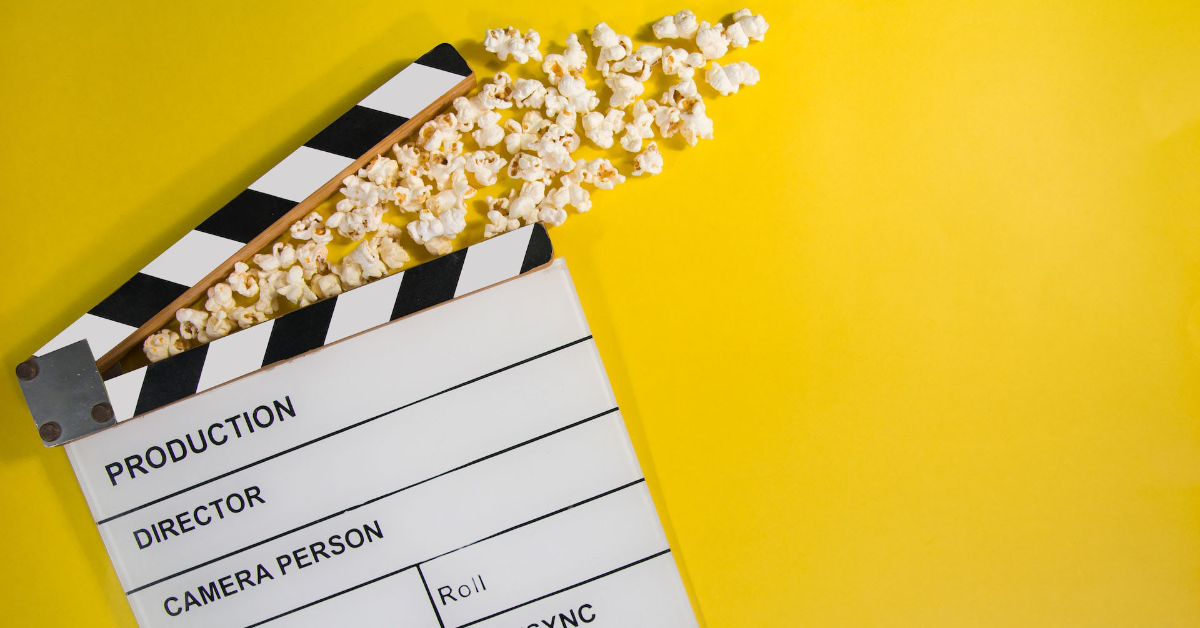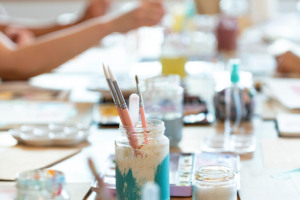Breaking Down Stereotypes in the Film Industry

Stereotypes in the film industry refer to the oversimplified and often stereotypical portrayal of certain groups of people in movies. These stereotypes can be based on factors such as race, ethnicity, gender, sexual orientation, and more.
Racial Stereotypes
One common type of stereotype in the film industry is racial stereotypes, which involve the oversimplified and often stereotypical portrayal of people of different races.
For example, African Americans are often portrayed as lazy or criminal, while Asian Americans are often portrayed as overly studious or submissive.
These types of stereotypes can be harmful, as they can reinforce harmful biases and prejudices and contribute to the marginalization of certain groups.
Ethnic Stereotypes
Another common type of stereotype in the film industry is ethnic stereotypes, which involve the oversimplified and often stereotypical portrayal of people of different ethnicities.
For example, Latinos are often portrayed as hot-blooded or passionate, while Middle Eastern people are often portrayed as terrorists. These types of stereotypes can be harmful, as they can perpetuate negative and harmful perceptions of certain groups and contribute to the marginalization of these groups.
Gender Stereotypes
Gender stereotypes in the film industry involve the oversimplified and often stereotypical portrayal of men and women. For example, men are often portrayed as strong and decisive, while women are often portrayed as emotional and irrational.
These types of stereotypes can be harmful, as they can reinforce harmful gender roles and contribute to the marginalization of women.
Sexual Orientation Stereotypes
Sexual orientation stereotypes in the film industry involve the oversimplified and often stereotypical portrayal of LGBTQ+ individuals. For example, LGBTQ+ individuals are often portrayed as flamboyant or promiscuous.
These types of stereotypes can be harmful, as they can reinforce harmful biases and prejudices and contribute to the marginalization of LGBTQ+ individuals.
The Impact of Stereotypes
Stereotypes in the film industry can have a negative impact on how certain groups of people are perceived by society and can reinforce harmful biases and prejudices.
It’s important for filmmakers to be aware of the potential for stereotypes and to strive for more nuanced and realistic portrayals of diverse groups of people in their work.
This can help to promote greater understanding and acceptance of different groups and to create a more inclusive and equitable society.
Challenges to Stereotypes in the Film Industry
Challenging stereotypes in the film industry involves creating more nuanced and realistic portrayals of diverse groups of people in movies, rather than relying on oversimplified and stereotypical representations. There are several ways in which this can be achieved:
- Diversifying representation behind the camera: Increasing the diversity of the people involved in the production of movies, including writers, directors, and producers, can help to challenge stereotypes and promote more nuanced and realistic portrayals of diverse groups of people on screen.
- Increasing representation of diverse groups on screen: Improving the representation of diverse groups in movies can help to challenge stereotypes and promote greater understanding and acceptance of these groups. This can include casting more diverse actors in leading and supporting roles and writing more complex and nuanced characters for them to play.
- Using authentic and diverse voices in storytelling: Encouraging the use of authentic and diverse voices in the storytelling process can help to challenge stereotypes and promote more realistic and nuanced portrayals of diverse groups of people. This can involve consulting with members of these groups and incorporating their experiences and perspectives into the storytelling process.
- Critiquing and challenging harmful stereotypes: It’s important for filmmakers to be aware of the potential for stereotypes and to critique and challenge harmful stereotypes when they appear in movies. This can involve engaging in discussions about the harmful effects of stereotypes and working to create more nuanced and realistic portrayals of diverse groups of people.
Conclusion
Stereotypes in the film industry can have a negative impact on how certain groups of people are perceived by society and can reinforce harmful biases and prejudices.
It’s important for filmmakers to be aware of the potential for stereotypes and to strive for more nuanced and realistic portrayals of diverse groups of people in their work.
By challenging stereotypes and promoting greater representation and understanding of diverse groups, the film industry can play a powerful role in creating a more inclusive and equitable society.
Hashtags
#stereotypes #films #filmindustry #movies #moviemaking #representationmatters #breakthestereotype #diverserolemodels #inclusivecasting #betterrepresentation #mediaequality #endstereotypes #diversemedia #accuraterepresentation #inclusioninfilm #equalityinmedia #realisticrepresentation
You can use these hashtags when sharing this post on social media.
If you enjoyed this article about Stereotypes in the Film Industry, don’t forget to share it with your friends on social media, and don’t forget to subscribe to our YouTube channel.





